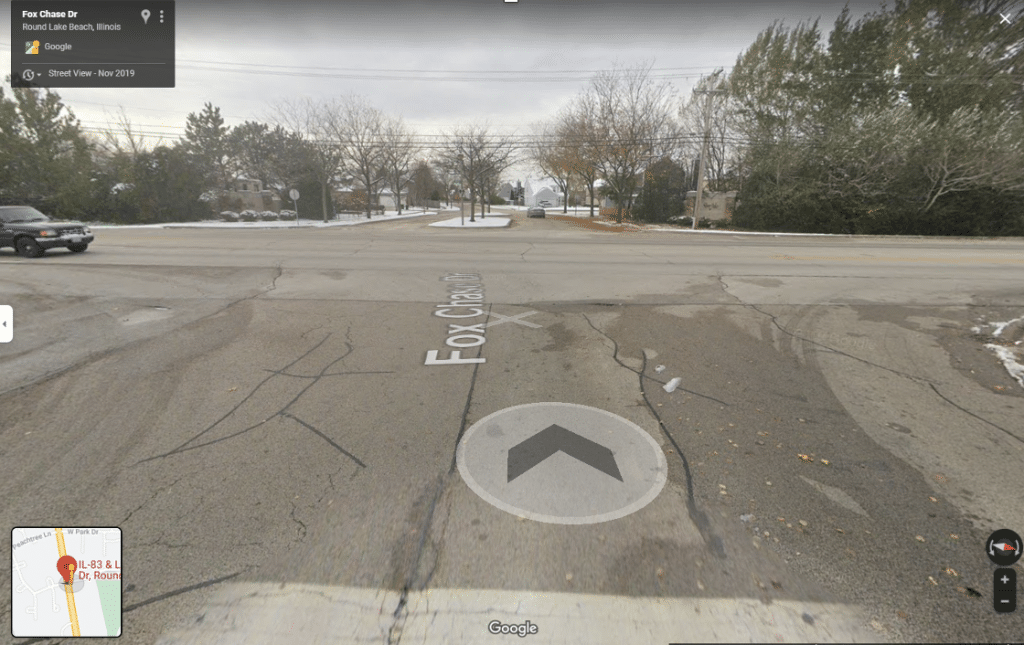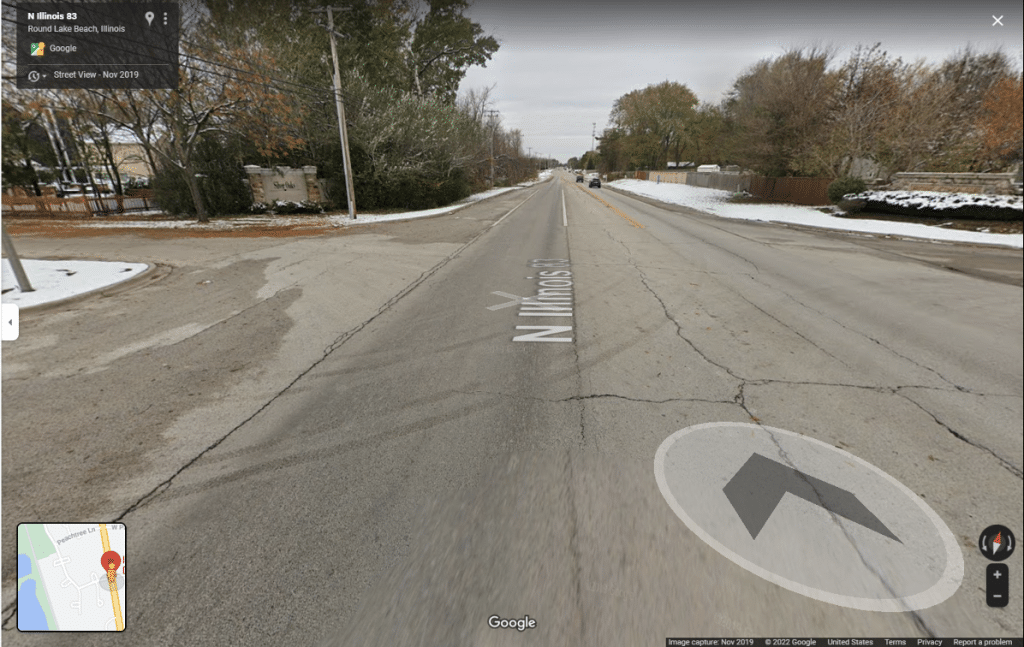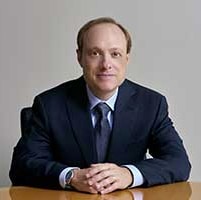A Family Mourns Again After Child Dies in Round Lake Beach Intersection Crash
In late January, a collision between two vehicles at the intersection of Rt. 83 and Lexington Drive Left five people injured and one man dead. Four of the injured were children, and we are heartbroken to see that one of those children, a 5-year-old boy, succumbed to his injuries.
ABC 7 News reports that the injured woman and other children have since been released from the hospital, as has the driver of the other vehicle. No arrests have been made, and police have not yet released details about what they think happened. All we know is that this family, which was already grieving the loss of a father, must now bury a son, too.
Unsignalized intersections see the most crashes and deaths
The intersection of Rt. 83 and Lexington Dr. is an unsignalized intersection: there is no light or “signal” at the cross. According to the Federal Highway Administration (FHWA), there were 10,180 fatalities at intersections in 2018 – and 6,737 of them occurred at unsignalized intersections.

(Image taken from Google Maps, from across Lexington Dr. on Fox Chase Drive)
Instead, this intersection is controlled by stop signs on the east and west side; drivers on Rt. 83 have right-of-way. There are no streetlights, either, and the lane markings are faded. While “IL-83” comes up on the following image, you can see that there are no arrows in the turning lane, either. It is the same on both sides of the intersection.

(Image taken from Google Maps)
The speed limit also changes in this area. Depending on which way you are traveling, it either drops from 45mph to 35mph, or it increases from 35mph to 45 mph. On the night of the fatal accident, we have two vehicles traveling in the dark, one of which may have been adjusting its speed, which meet at a poorly marked intersection. The impact of the crash was significant enough to require the fire department to cut open one of the vehicles.
In short, this is exactly the type of dangerous intersection that the FHWA and state agencies across the country are trying to address. FHWA recommends these simple (and cost-effective) changes to improve unsignalized intersection safety:
On the Through Approach
- Doubled-up (left and right), oversized advance intersection warning signs, with supplemental street name plaques (can also include flashing beacon).
- Retroreflective sheeting on signposts.
- Enhanced pavement markings that delineate through lane edge lines.
On the Stop Approach
- Doubled-up (left and right), oversized advance “Stop Ahead” intersection warning signs (can also include flashing beacon).
- Doubled-up (left and right), oversized Stop signs.
- Retroreflective sheeting on signposts.
- Properly placed stop bar.
- Removal of vegetation, parking, or obstructions that limit sight distance.
- Double arrow warning sign at stem of T-intersections.
Per their data, implementing these changes would reduce 10% of all fatal and injury crashes. That percentage increases to 27 in rural areas (including residential areas like the on in Round Lake Beach) and to 15 for nighttime accidents. Failing to make these types of changes is downright irresponsible.
Your rights after an intersection accident in Chicago
As an injured party, you have a legal right to pursue compensation for your losses. If you are injured in a crash at an intersection, your first move should be to contact a Chicago injury attorney. Intersection accidents are not always clear-cut in terms of liability, so you want someone who can read and analyze a police report to determine who is at-fault, and who understands your medical records and the true extent of your injuries. Remember: the insurance company for the at-fault driver has a team of experienced lawyers on its side; you will benefit from having a team on your side, too.
The first thing we do is review that report as well as any applicable footage of the event. When the collision occurs at an intersection with a traffic signal, there may be redlight cameras or even security cameras whose footage can show us what happened. In residential and rural areas, video is not always available. In those cases, we must look to what the accident scene tells us:
- What parts of the vehicles are damaged? This can indicate the point of impact between two cars. We look to see if airbags were deployed, if the brakes locked up, or if the frame of the car sustained damage, among other factors.
- Are there tire tracks on the road? This can indicate whether one (or both) vehicles attempted to slow down, swerve, or stop to avoid the impact.
- What is the condition of the road? Faded line markers, road erosion, and other road defects can make it harder for drivers to stay in their lanes, especially if there are wide shoulders.
- What was the visibility of the road at the time? Inclement weather can make it more difficult to gauge how far away a car is, or how quickly it is traveling.
- What do the witnesses say? Eye-witness testimony is not always 100% reliable, we know. But speaking with people who witnessed the accident – or were involved with the accident – can help us get a fuller story about what might have happened, which can be backed up or disproven by the data.
Once we know this information, we work with accident reconstructionists to recreate the scene. We also review your medical records, because the type of injuries you have sustained may indicate what occurred at the crash. For example, a broadside collision – also known as a T-bone or side-impact crash – is the most common type of car accident at intersections. The sides of vehicles do not have crumple zones, and many vehicles are not equipped with side curtain airbags. As such, if you are on the side of the car that is struck, your injuries will likely be more severe than if you are on the other side of the vehicle. A side-impact collision may result in vertebrae fractures, broken arms and legs, and head and brain trauma, with lacerations and contusions on the side of the body that hits the door and windows.
This is some of the information that we present either to a jury of your peers, or to the insurance company for the liable party during settlement negotiations. As you can see, there is much that goes into a complex car accident claim; it is best to get started as soon as you can.
No matter how the intersection accident occurred, our Chicago car accident attorneys will build your case for damages. To schedule a free consultation, please call Gainsberg Injury and Accident Lawyers today at 312-600-9585 or fill-out our contact form.

Attorney Neal Gainsberg has spent the last 20+ years fighting to protect the rights of the injured in Chicago and throughout Illinois. For dedicated legal help with a personal injury, car accident, or wrongful death matter, contact Gainsberg Injury and Accident Lawyers in Chicago for a free consultation.
